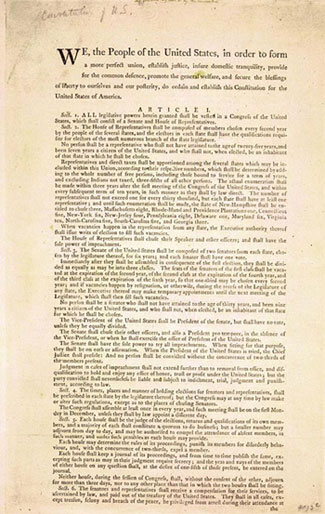“All persons born or naturalized in the United States, and subject to the jurisdiction thereof, are citizens of the United States and of the State wherein they reside. No State shall make or enforce any law which shall abridge the privileges or immunities of citizens of the United States; nor shall any State deprive any person of life, liberty, or property, without due process of law; nor deny to any person within its jurisdiction the equal protection of the laws.”
The 14th Amendment contains the Equal Protection Clause, which says that no state can “deny to any person within its jurisdiction the equal protection of the laws.” In other words, the states must apply the law equally to all citizens without discriminating against certain groups or individuals. The 14th Amendment also provides the right of due process to all citizens. The 14th Amendment states that no citizen shall be deprived of “life, liberty, or property, without due process of law.”
One of the most famous Supreme Court cases involving equal protection is that of Brown v. Board of Education. This court case overturned the ruling of a previous case, Plessy v. Ferguson, that had established the doctrine of “separate but equal.”


